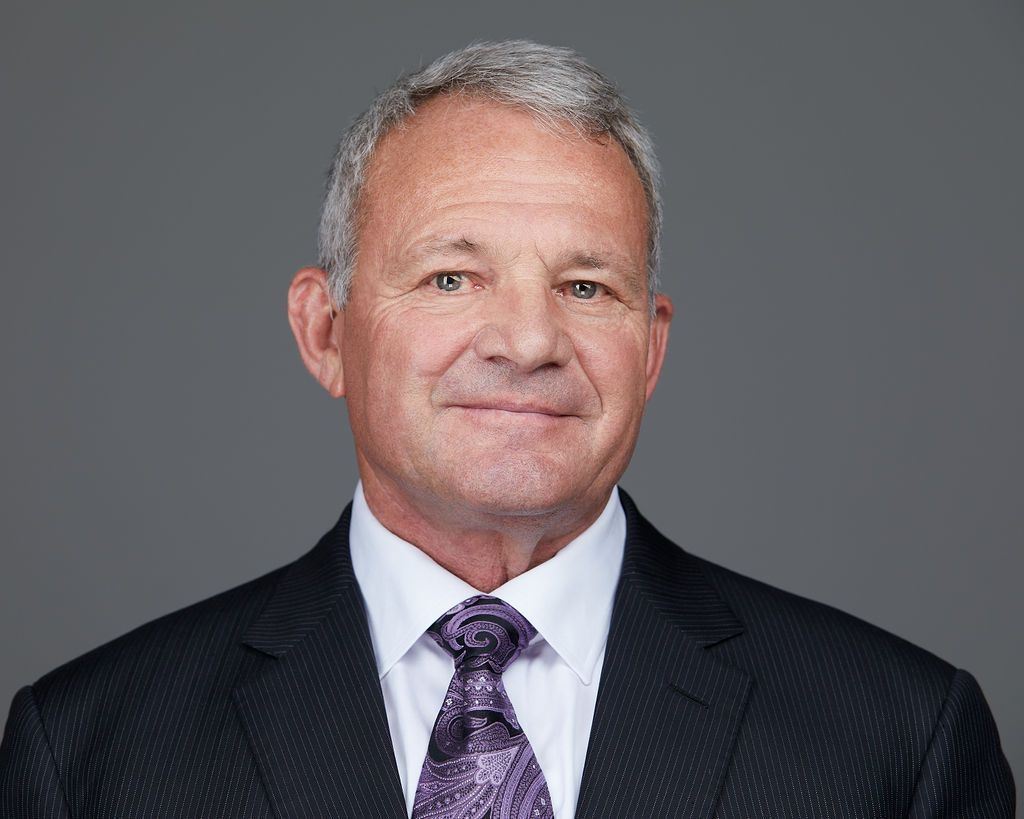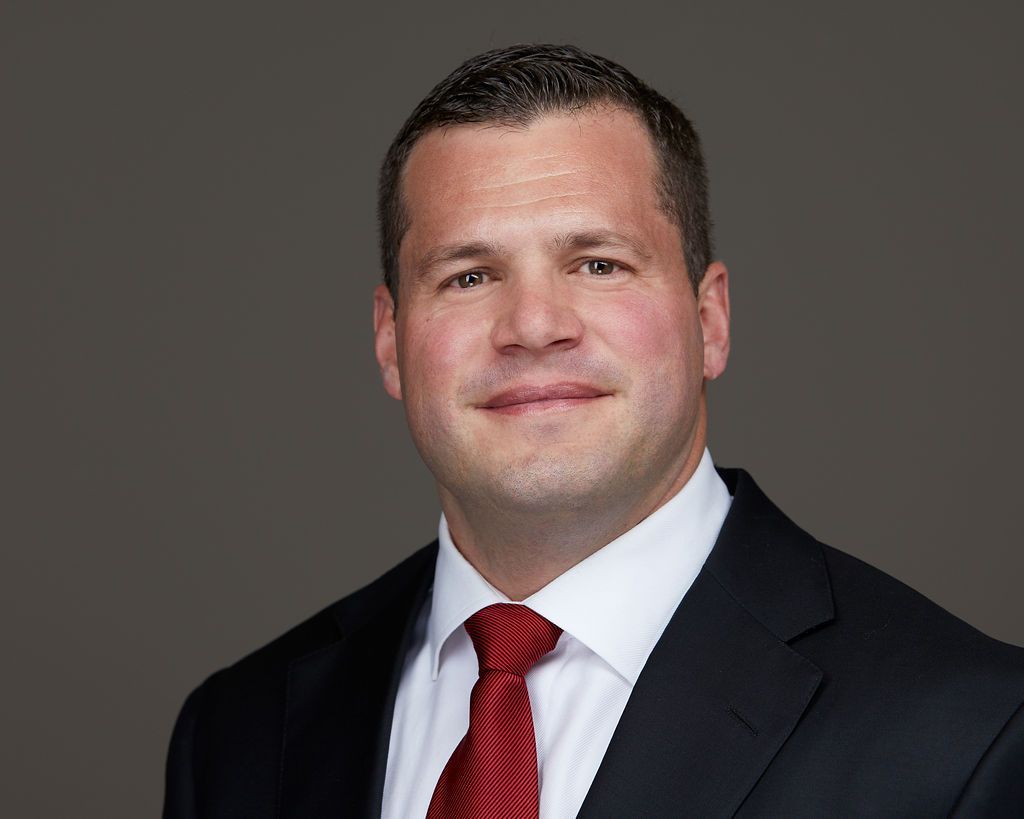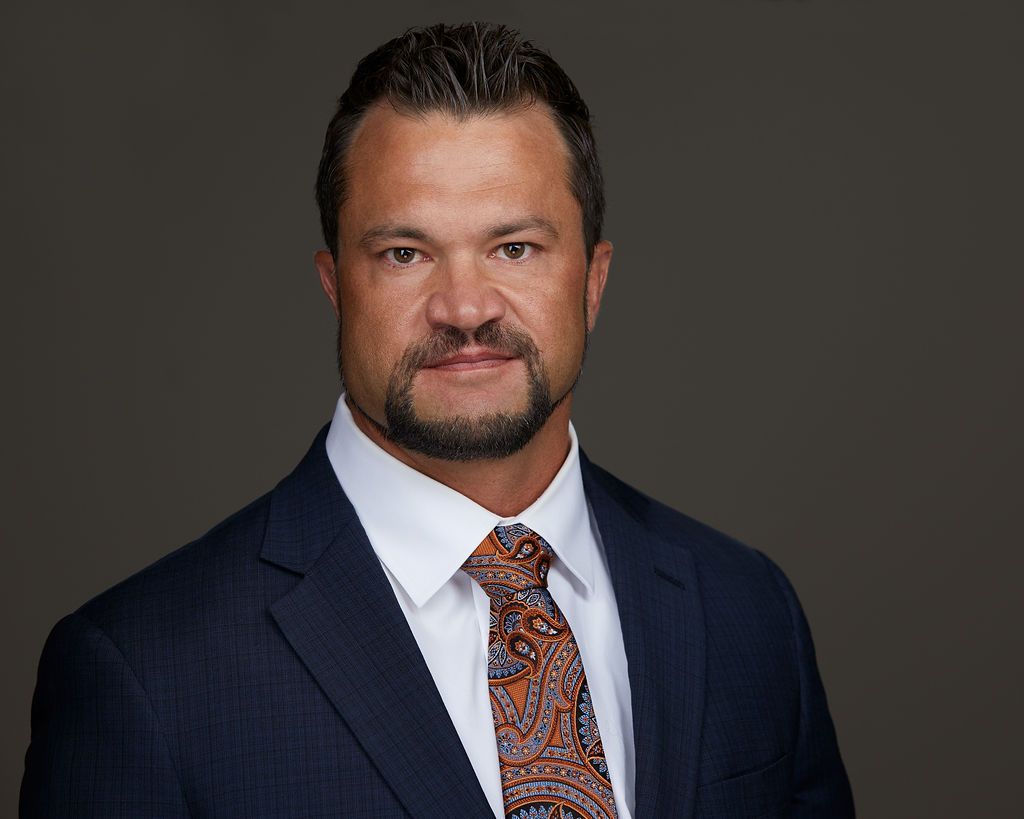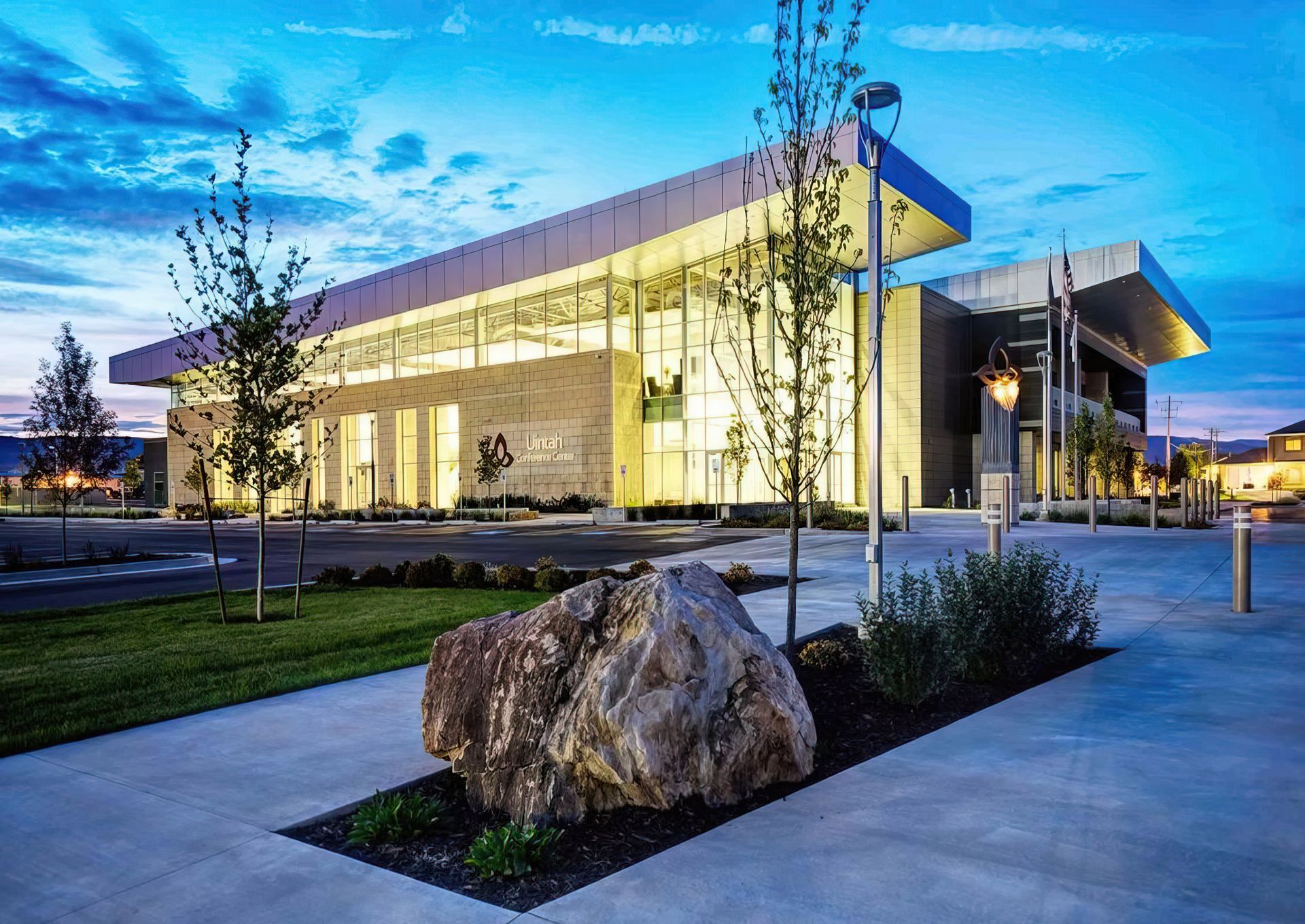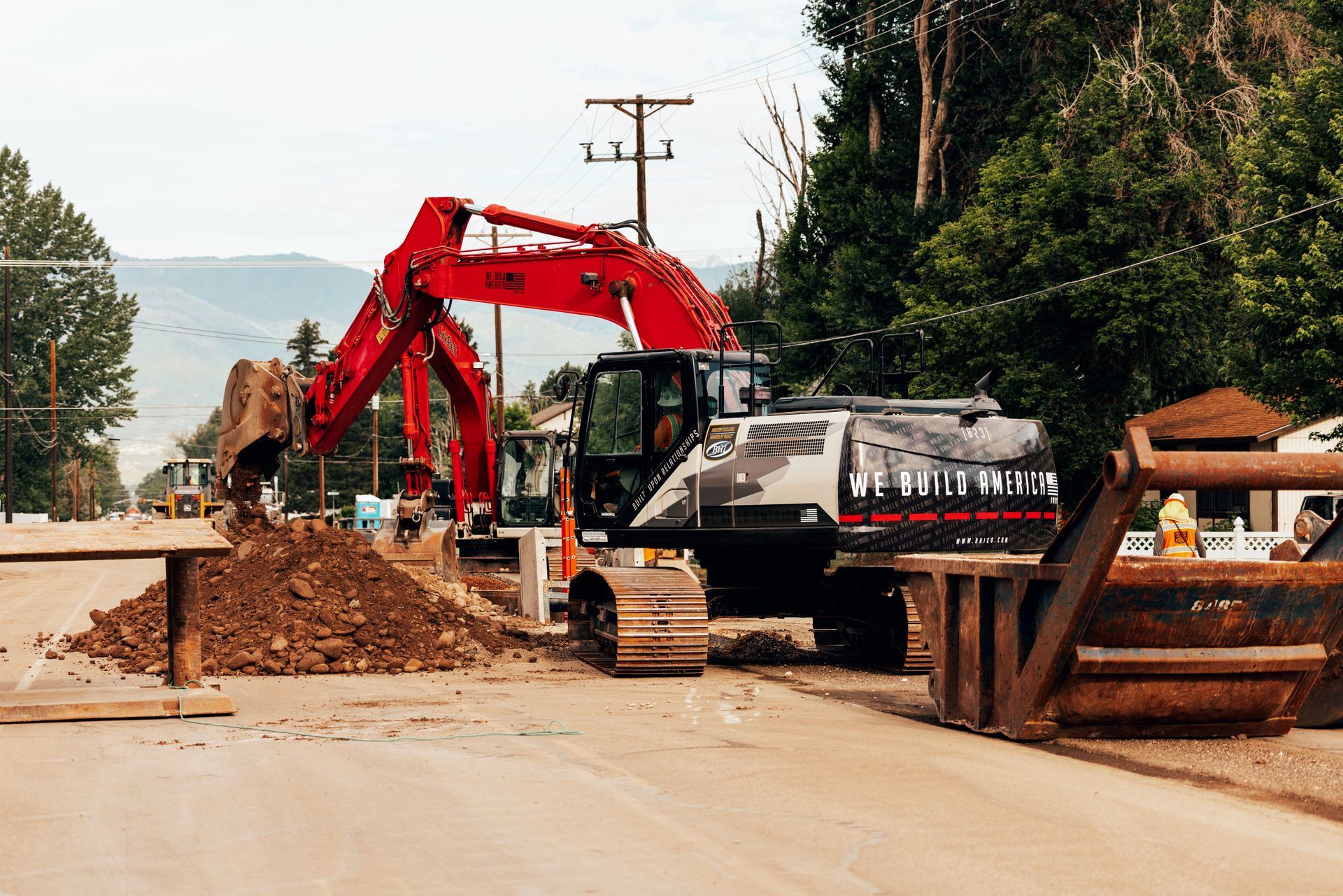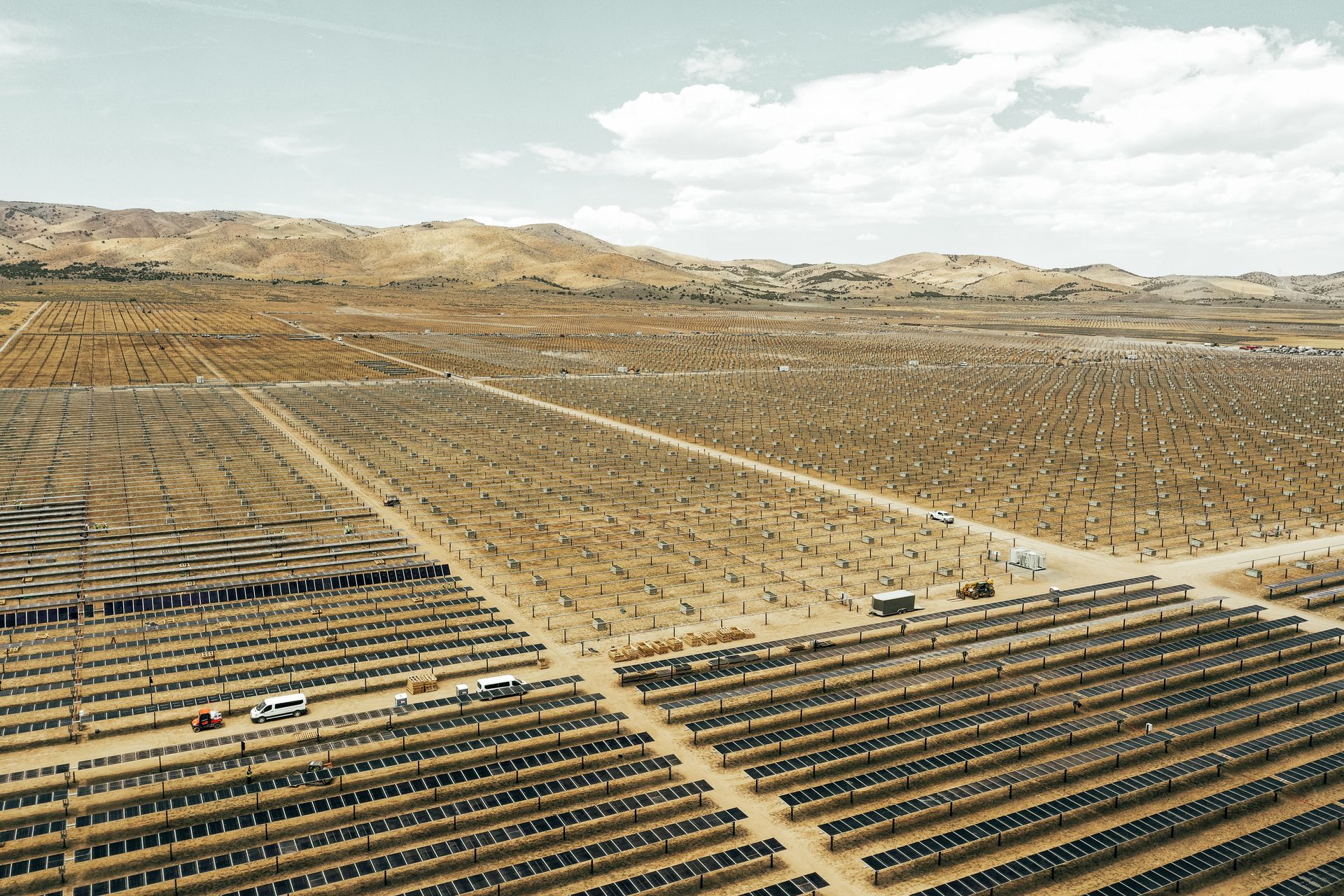Vernal-based BHI has pivoted multiple times in its quarter-century of business, morphing into whatever contractor role gets the job done right. But the company has never wavered on putting people first in every sense, changing the paradigm in construction in the process. By Taylor Larsen
BHI had a choice to make in 2015.
As a primarily exclusively oil and gas contractor working with pre-negotiated rates for time and materials, the light was dimming on operations.
Crude oil dropped below $30 a barrel—a death sentence for the company. Current CEO Erik Haslem said the firm had rested a bit too comfortably on its laurels with what was once viewed as “guaranteed work.”
“It’s only guaranteed until it's not,” said Erik, especially true as the calls rolled in, day after day, to tell them contracts would not be renewed as services were no longer required—there was no more work to do in their field.
But the company realized their expertise in contracting could extend beyond that scope, where BHI could control the entire project—providing comprehensive services to build up all sorts of energy projects, infrastructure, mining, and more.
As attention shined on solar, BHI moved into action, winning the Juwi Pavant Solar Phase 2 in Millard County. The project was a must-win for the company, executives said, but required the very best of BHI to successfully deliver turnkey electrical installation of the 60-MW solar field
Erik explained the lead-by-example mentality which put team leaders “in the dirt” and working in the field. They focused less on how they won the job, and more on disassembling their project scope to understand it fully, piecing it back together, and gaining a better understanding of each project than ever before.
The energy from the project had BHI beaming.
The pride in what they accomplished, and their new runway for business, made Erik laugh to think how much they did not know. But there is an even greater pride in building on the family legacy their father, Brad Haslem, began when he formed the company in 1998.
“We strive to hold onto the original mom and pop feel of honesty, integrity, and ultimately, caring about our people,” said Erik. “Holding that family business feeling, emphasizing that our people are our biggest asset.”
Since the turn of the millennium, much has evolved, yet the company's headquarters, now relocated to a more spacious, renovated facility, remains on Highway 40 in Vernal.
The answer as to “Why Vernal?” is straightforward as it is genuine.
“It’s home,” Erik said about the oil and gas town. “We enjoy where we live.”
The long drives make them wish it were closer to population centers, but Brett explained that the firm is the largest employer in Daggett, Duchesne, and Uintah counties, which makes both Haslem brothers proud to build up the surrounding rural communities. Blessing the lives of their employees and their families through meaningful work has been a badge of honor.
BHI sits poised to continue its success today, especially with expected annual revenues for 2023 reaching $500 million, says Erik. Regarding the future, Erik expresses a strong confidence, saying, "We feel very bullish about next year and beyond. We have solid backlog numbers, and our future pipeline looks exceptionally healthy."
But for BHI and the rest of the construction industry to continue to meet demand, especially with labor problems wreaking havoc, there needs to be a shift in perception from the outside looking in.
Brett, just a few days after returning from a Houston construction conference, said that the advocacy to get people into the field needs to change with the shifting demographics—a beacon to highlight the pride in creating something that did not exist a few months before.
“There is a lot to be said about building something,” he said.
Tangible, visible, and a permanent testament to quality.
Their success in this realm has been changing the paradigm in how construction is viewed, focusing on polished visuals on their website and in social media channels to match the quality of their work in the field.
Why BHI?
“The magic happens with construction,” Brett answered.
Employees, clients, and anyone else who sees their work can see the magnetism that this work brings. Bringing a pizzazz to the precision of surveying, a sense of grandeur to operating heavy machinery, BHI displays the industry for what it is: a place of pride and a place to build a career.
“Perception is reality,” Brett said. “To change it, we have to do something we’ve never done before.”
But the needle is moving, especially as BHI hones in on the initial values of service, growth, teamwork, and reputation. Much like their father used to say: build the best product, and everything else will follow.
The service goal is to be at the forefront of an industry standard, changing from what has become too common in the industry like opacity, pinching pennies, and squeezing employees.
Whether it is transparency through the billing cycle, delivering what is promised and doing so at the highest level, “We want you to be as happy with this product as we are,” Erik said.
This mentality has brought BHI wherever their clients had work, to energy strongholds like Texas, Louisiana, and North Dakota, across the Mountain West and out to the eastern seaboard. Their projects have spanned a diverse range, including cellular communication towers off the Maine coast, solar fields in Virginia and North Carolina, and biofuel plants in Florida.
It has never just been about work, “We’re going to be here forever,” Brett said. “When we go into an area for a project, we plan to become part of the communities in which we work. We want to become locals.”
Growth is not about chasing work to build into a construction conglomerate. It is to create new opportunities for the people who make this work happen, to build their skills and careers. BHI sees growth as a personal one, where they seek out the best people to do this work and then follow through on contracts and agreements to make everyone a better person.
“It’s been the key to the company,” said Erik and Brett. “Construction is what we do. The BHI Family is why we do it.”
This culture has been their secret sauce, where the executives know the names of everyone in the company. As BHI grows geographically, it is becoming more difficult, but these Haslem brothers are as committed as their teams to making sure to honor their value of teamwork.
“It’s people before profits,” Erik said. “We truly care about our people.”
It has garnered them quite the reputation internally
“I would put my team up against anybody,” Erik said. “Our people are amazing and it’s why I love it here.”
That confidence from his brother and fellow executive will guide BHI into the next quarter-century and continue to build upon what their father started in 1998.
When asked about his feelings as he approached retirement, Brad said, “I realized I was holding my boys back and I was ready to let them take the reins to see what they can do. And just look at what they’ve accomplished.”
His sons have proved him right; when you put people first and build the best product, “everything else will follow.”


















